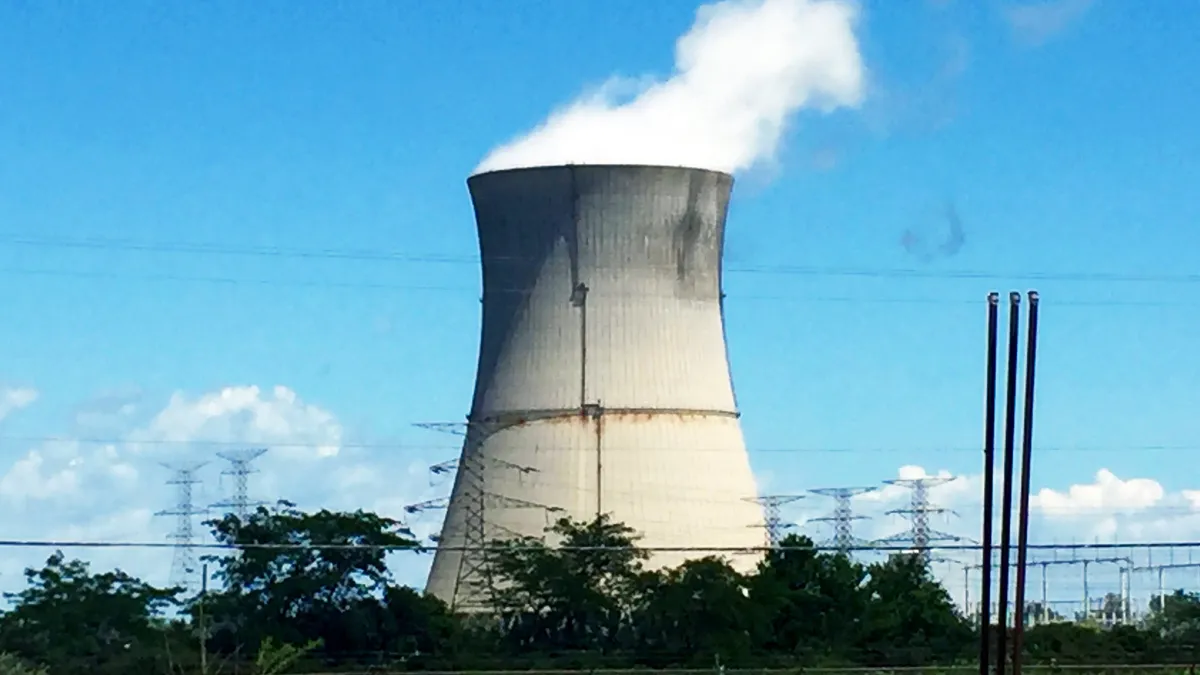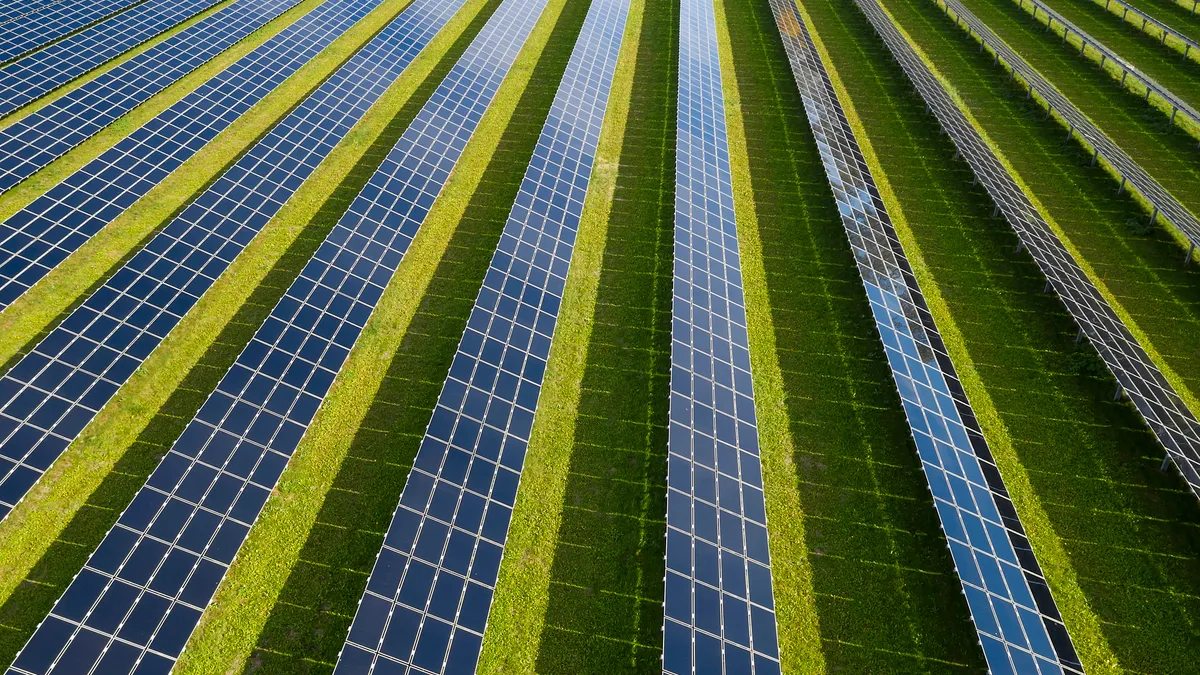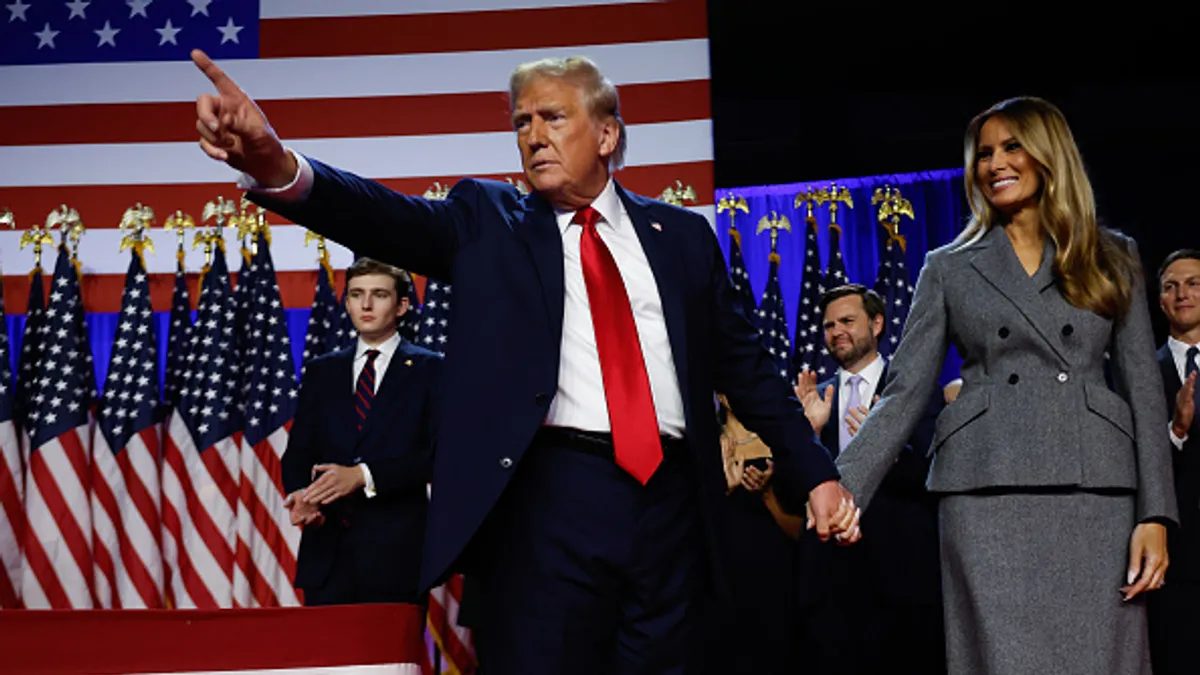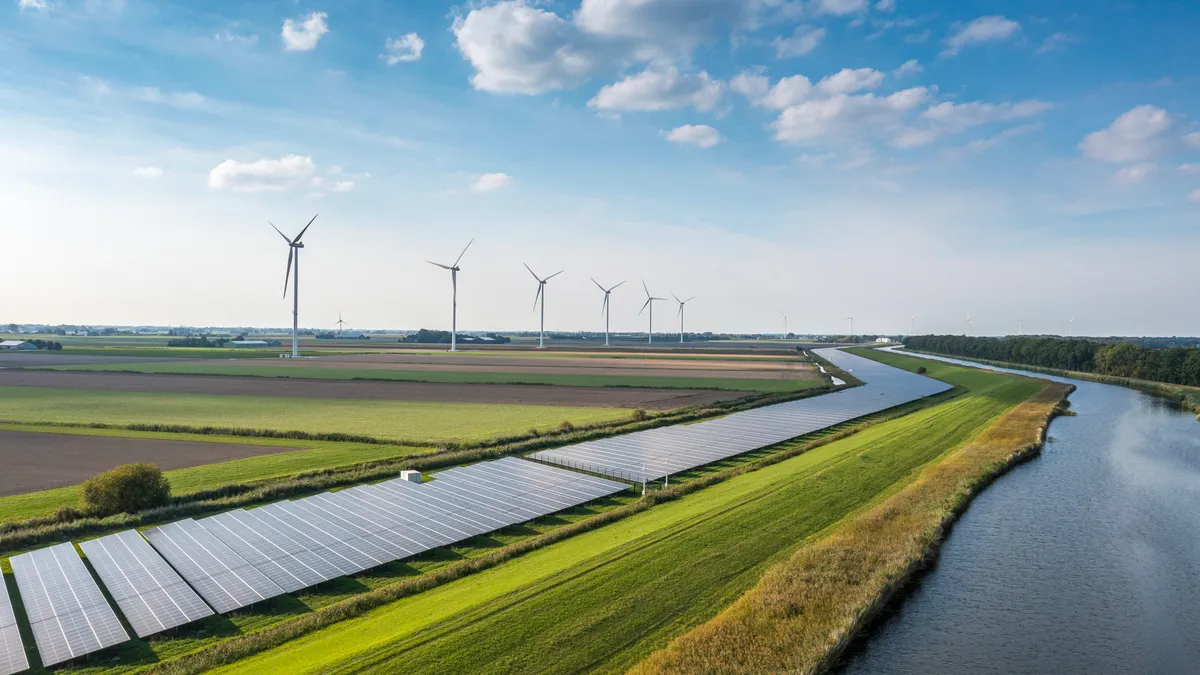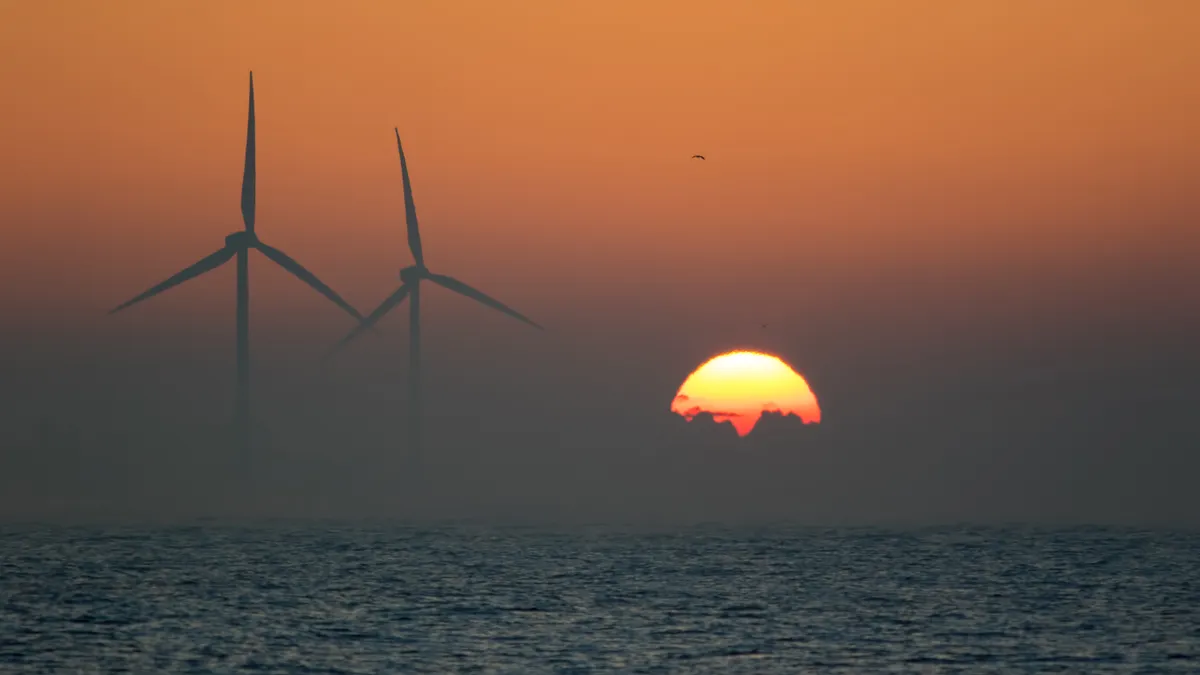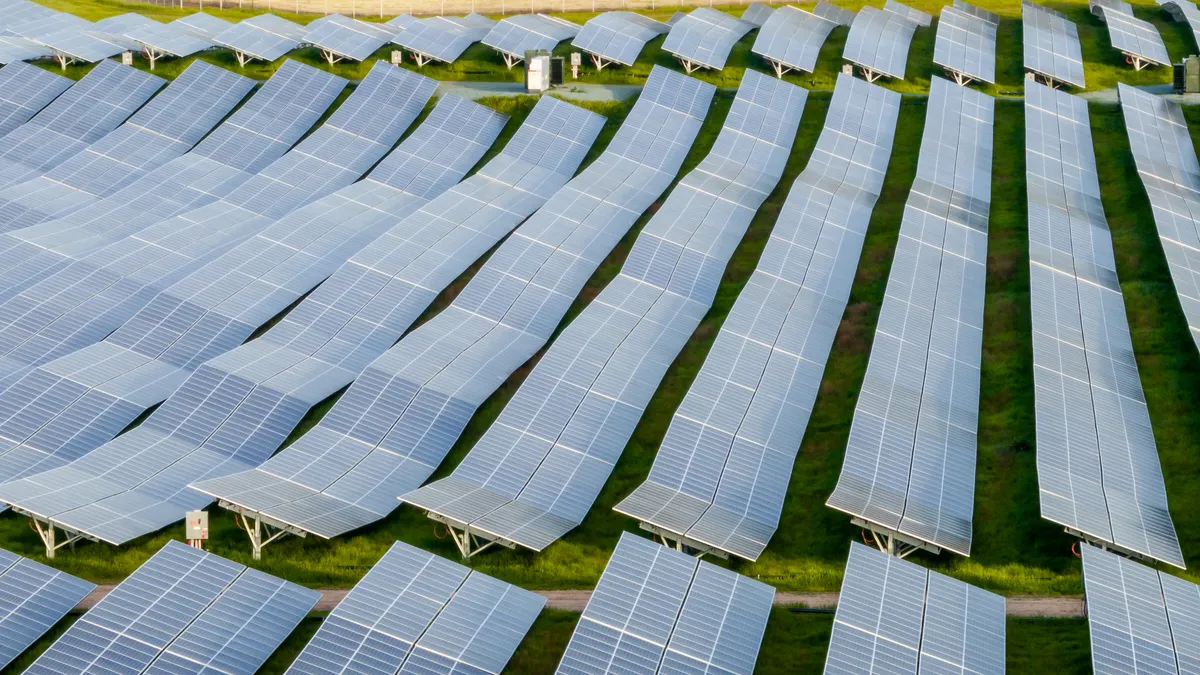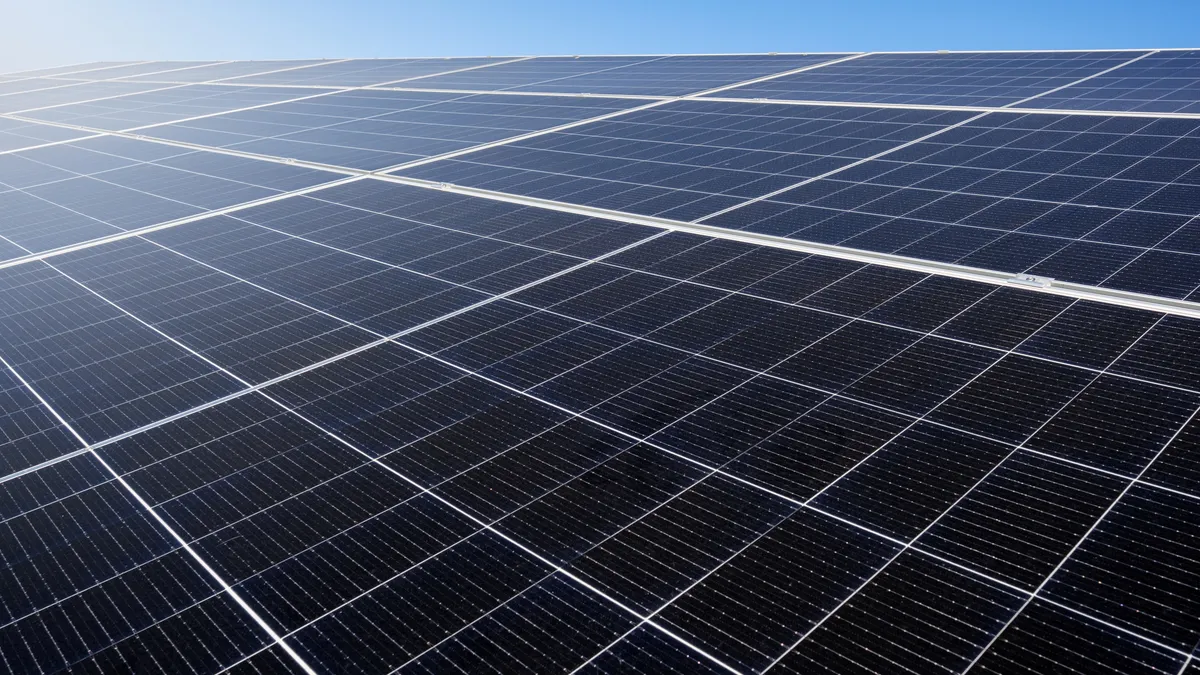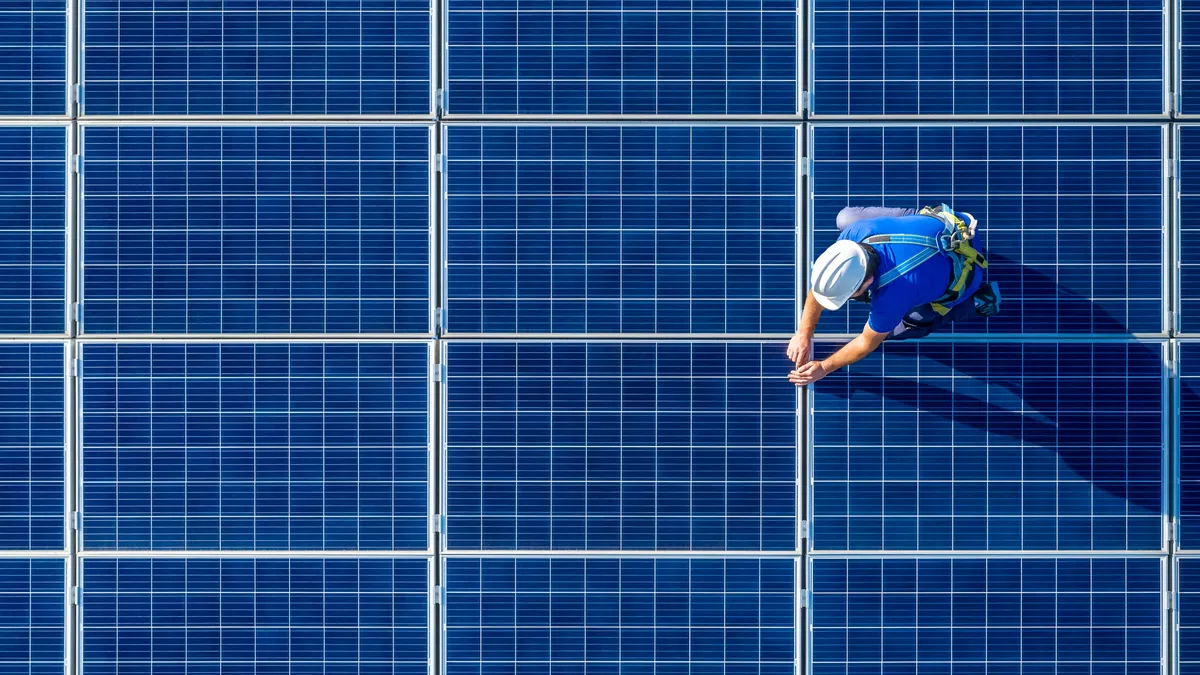Two months into 2016, it's pretty apparent many of the positive trends for the clean energy sector in 2015 have carried over. But there have also been some unexpected bumps in the road, such as the Supreme Court’s unprecedented stay on the U.S. EPA’s Clean Power Plan, freezing all implementation actions until court cases conclude.
The high court’s decision holds significant consequences for utilities and state regulators who were preparing to comply with deadlines under the plan that were to start in September of this year, but less clear is how the stay will affect the growth of renewable resources and other clean energy technologies, as well as the ability of the United States to decarbonize its grid over the coming decades.
Assessing the effects of the CPP freeze on the future of clean energy innovation was a common theme in many of the discussions taking place at ARPA-E’s annual Energy Innovation Summit this week.
But even more apparent was a sense of desperate urgency among renewable energy leaders and administration officials — including former Vice President Al Gore and EPA Administrator Gina McCarthy — that time is almost out to take decisive action on cutting carbon emissions and other greenhouse gases.
Throughout the conference, sector leaders were mostly optimistic about the future of renewable energy over the medium and long term, but how that expected growth relates fighting climate change will hinge on how fast renewable energy can displace fossil fuels on the grid and in the broader economy.
In speeches and panel appearances Wednesday morning, the EPA administrator, U.S. lawmakers and other clean energy leaders highlighted many of the key conversations that took place at the Department of Energy’s annual energy innovation summit. Here are 4 key takeaways and one grand narrative for the event:
Legal implications for the Clean Power Plan
In her speech, McCarthy spoke confidently that the Clean Power Plan was legally sound, saying that the judicial stay would “in no way will change the direction of energy in this country,” or indicate “that the Clean Power Plan is not legally defensible.”
In the end, she said, the administration will prevail, but others are not so sure. The fact that four sitting justices voted for the judicial stay indicates they have significant concerns with the rule, regulatory leaders said at a conference last month.
Despite those qualms, comments from the agency and utilities indicate that the CPP isn’t the primary driver of transformation currently happening in the power sector. In her keynote, McCarthy called the controversial rule a “reflection of what’s already happening in the marketplace.”
The stay on the CPP will likely delay the compliance timeline for the plan, which aims to cut carbon emissions from the power sector 32% by 2030, though the EPA would have to propose a new compliance plan. Despite of the uncertainty, utilities are still planning for a renewables-heavy future, according to Utility Dive’s most recent State of the Electric Utility survey. And even if the rule is struck down, the Supreme Court ruled in 2007 that the EPA is required by the Clean Air Act to regulate greenhouse gas emissions from major sources, and the power sector knows more regulation is on the way.
But the stay does create misgivings among potential private investors looking to fund cutting-edge clean energy technology, and could have broader implications for the U.S.’s role in leading action against climate change while keeping its commitments made in last year’s Paris climate talks, sector experts said during the conference.
Future for clean energy tech
It’s a given that private investors like quick returns and are not too keen on lengthy timelines. Clean energy technology is especially notorious for failing to reel in investors in the early stage because of its high failure rate and 20- to 30-year timelines.
For the power sector, it will take more time to adapt old business models while adopting regulatory schemes that open the door to embracing and deploying clean energy technologies on the fringes of the mainstream, leaders said Tuesday at the conference.
McCarthy acknowledged the shortfall of incentives for utilities to break the mold and embrace more clean energy technology. The EPA can only do so much, she said, but hitched her hopes on businesses within the power sector to do the rest.
“Some of what we need to do to make data public so other business can incentivize the community,” she said.
More important than providing information, however, is the Obama administration’s intent — through EPA regulations and agreements like the Paris climate accord — to lend more predictability to renewable energy markets for investors. At the ARPA-E summit on Tuesday, multiple sector leaders credited the policies with reducing uncertainty for investors and allowing them to edge toward more cutting-edge, early-stage technology advancements.
Uncertainty in the U.S. clean tech sector
Despite a global push to open the market for more demand in renewable energy, the U.S. private investors could be wary of the clean energy technology as the courts hear legal challenges over the Clean Power Plan.
Rep. Bill Foster (D-IL) said during a panel at the summit that “there’s no question that sort of uncertainty is bad for investment.”
Sen. Christopher Coons (D-DE) was more confident that businesses pledging to invest in clean energy technology will keep the sector growing.
“The Clean Power Plan stay will almost certainly suppress investment in the sector,” he said during the same panel, “but seeing major corporate leaders make pledges” will hopefully ease the worries from private investors.
He referenced the Breakthrough Coalition formed during the Paris climate talks and is composed of 27 investors from 10 countries headed by former Microsoft CEO Bill Gates as one example. Their aim is to form a fund to invest in emerging clean energy technologies.
A panel of sector experts who spent time negotiating behind the scenes of the Paris climate talks said examples like the Breakthrough Coalition signal to U.S. policymakers where businesses and the public stand on supporting renewable energy.
And while the Clean Power Plan freeze could dampen high expectations in more investments in clean energy technology — especially at the early stage — its impact on a global scale is likely minimal.
What’s coming out of the Paris climate talks
In the aftermath of the Paris accord, sector insiders told Utility Dive that the agreement would send a signal to investors that clean energy is the future, and that utilities need to start preparing for that future with their investment decisions today.
But divisive political rhetoric and goals among the US political parties could derail the commitments the Obama administration made during the talks. What that means for the clean energy tech sector is likely reduced investments at the early stage when they need it the most.
“We’ve seen significant falloff in traditional early stage investment right at the stage that we need it the most,” said John MacWilliams, the associate deputy secretary of the DOE, who moderated the panel of financial advisors about current and future trends for market investments in the clean energy sector.
Despite the doom and gloom, many sector experts pointed out that one of the pledges many countries made during the COP21 talks included upping research and development funding. This included the U.S., where President Obama proposed to double R&D funding by 2021.
Despite the current shortfalls in early-stage investing, there were indications at the conference that the market will likely shift in that direction with or without the U.S. as a global leader in clean energy technology.
What does it all mean?
The broad consensus that emerged from the summit of renewable energy experts, government funders and private and institutional investors was that now is the time to invest heavily in clean energy technologies, especially at the early stage. While specific national policies to combat climate change will endure their ups and downs in the coming years, the global push to cut carbon and incentivise clean energy means markets will likely become more favorable to investors.
World Bank Group president Jim Yong Kim said they aim to pledge $29 billion annually to tackle climate change. This will likely include investments into early-stage clean energy technology.
“If we don’t literally move the market in the direction of renewable energy then there’s just no hope,” he said during a Tuesday session. “[But] I just want you to know we’re doing everything we can to shift the market in the direction to have huge demand for your project.”
During her talk, McCarthy expressed hope that the private sector would continue to push the clean energy transition, regardless of what happens with her agency’s rules.
“The momentum is certainly not coming from states anymore,” she said in regards to the shift in attitude toward cutting carbon from the power sector. “It’s coming from the business sector and it's coming from people themselves. Technology has dramatically changed. And as long as you match those drivers together, which is what we need to do to protect public health and how to align national rules... the rest just happens.”




